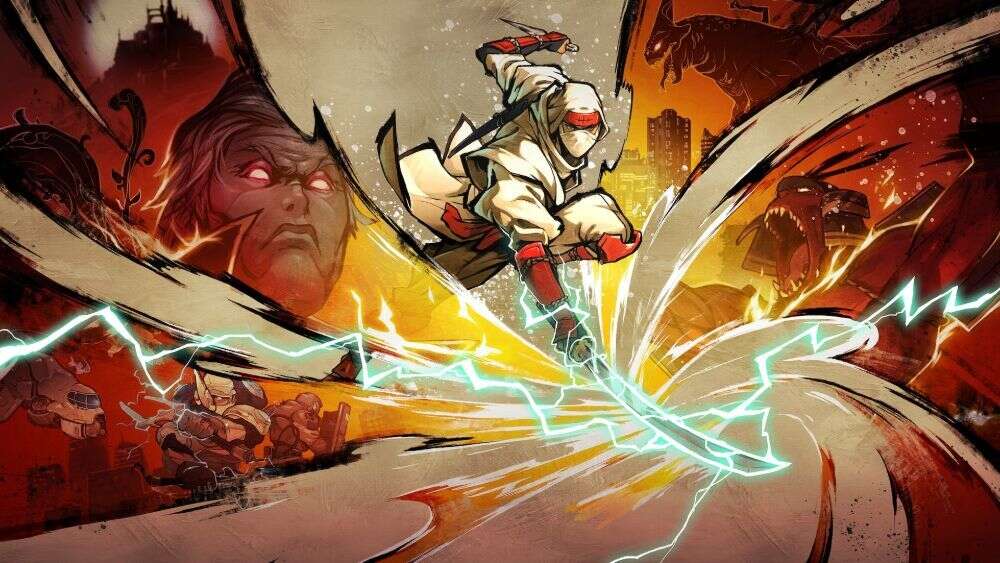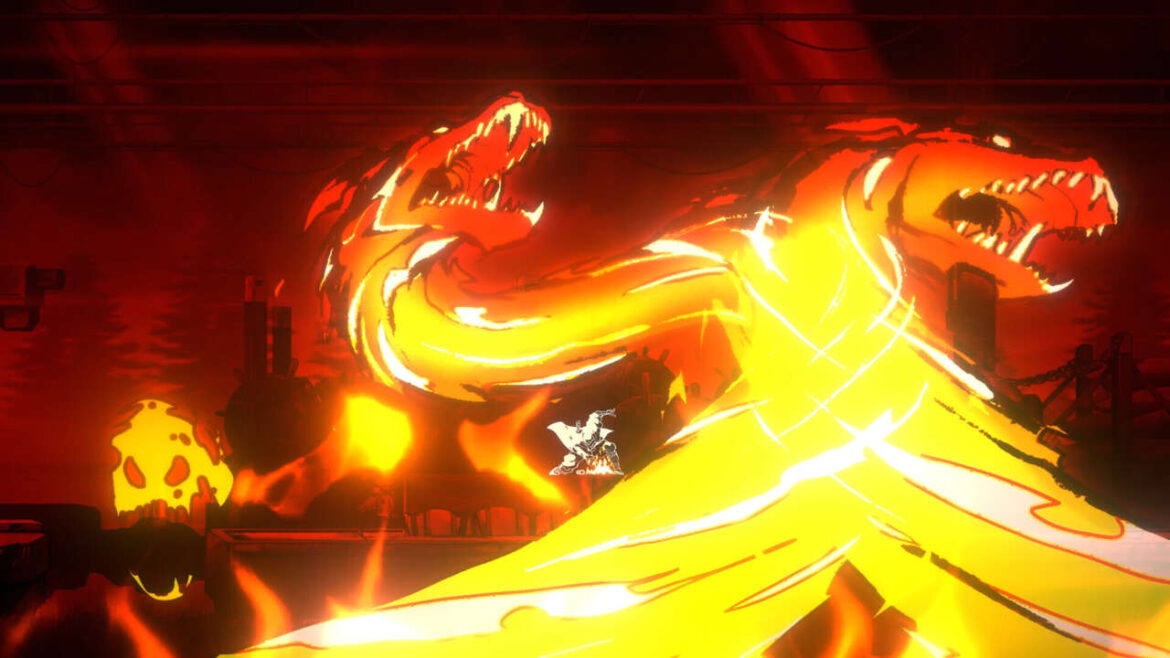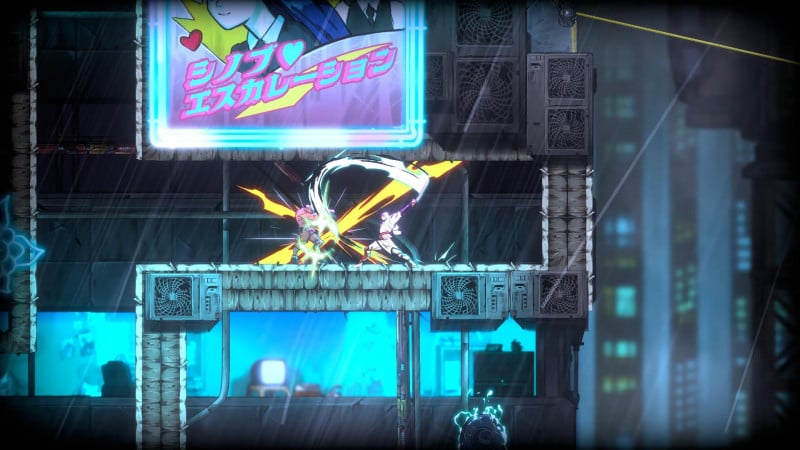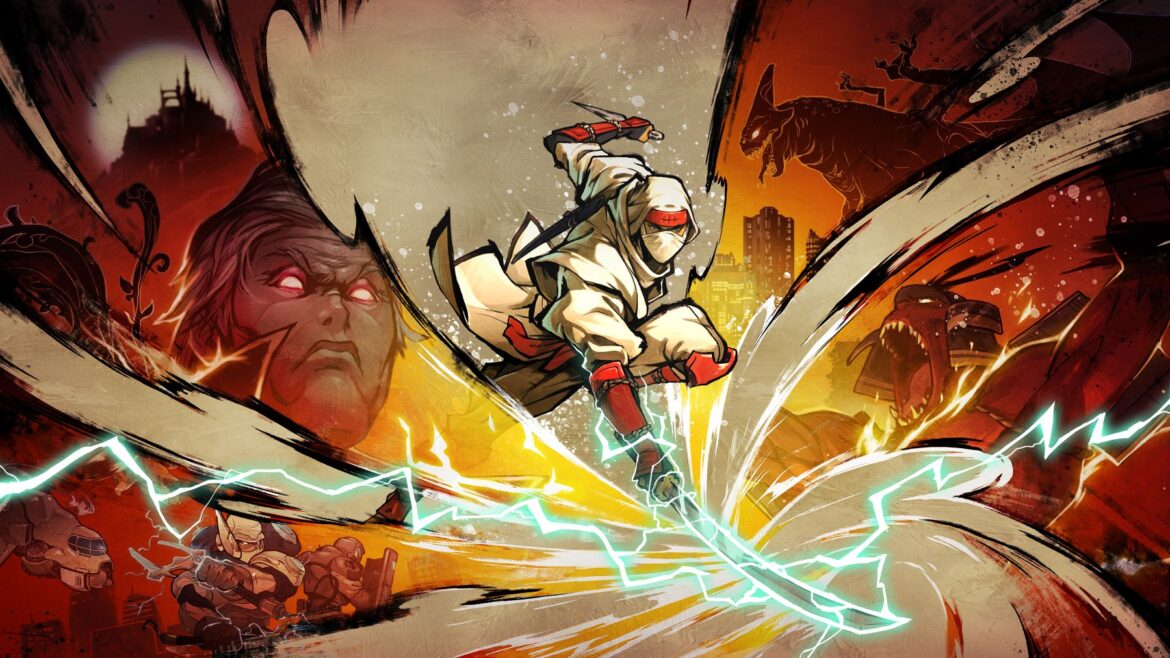Shinobi: Art of Vengeance, the first new entry in the classic Sega franchise in nearly 15 years, launched August 29 on PC and consoles. If you love 2D action games, Art of Vengeance shouldn’t be missed. PC players can still take advantage of Fanatical’s launch deal that drops the price to $26.39 (was $30). The Digital Deluxe Edition is also available for $35.19 (was $40). These are small discounts, but if you were planning on picking up Art of Vengeance after reading the rave reviews, you might as well save on your Steam key.
Art of Vengeance is officially verified for Steam Deck, and it runs and looks beautiful on Valve’s handheld.
Shinobi: Art of Vengeance Editions
- Standard Edition — $26.39 ($30)
- Digital Deluxe Edition — $35.19 ($40)
- Sega Villains Stage DLC (Coming Early 2026)
- Starter Pack: Ghost Outfit, Medic Lite Amulet, In-Game Currency
- Digital Art Book
- Digital Soundtrack
Disclosure: GameSpot and Fanatical are both owned by Fandom.
The Digital Deluxe Edition comes with a starter pack of in-game items, the official soundtrack, an art book, and the upcoming Sega Villains Stage DLC, which is expected to launch early next year.
Developed by LizardCube, one of the co-developers of Streets of Rage 4, and published by Sega, Shinobi: Art of Vengeance is a triumphant return for the series. Featuring bold hand-drawn graphics and taking deep inspiration from The Revenge of Shinobi and Shinobi 3, it’s a fresh blend of nostalgia and new mechanics.
The long-awaited revival earned a 9/10 in GameSpot’s Shinobi: Art of Vengeance review thanks to its superb level design, gorgeous art style, and top-notch combat system.
Shinobi: Art of Vengeance Review
Want us to remember this setting for all your devices?
Sign up or Sign in now!
Please use a html5 video capable browser to watch videos.
This video has an invalid file format.
Sorry, but you can’t access this content!
Please enter your date of birth to view this video
JanuaryFebruaryMarchAprilMayJuneJulyAugustSeptemberOctoberNovemberDecember12345678910111213141516171819202122232425262728293031Year202520242023202220212020201920182017201620152014201320122011201020092008200720062005200420032002200120001999199819971996199519941993199219911990198919881987198619851984198319821981198019791978197719761975197419731972197119701969196819671966196519641963196219611960195919581957195619551954195319521951195019491948194719461945194419431942194119401939193819371936193519341933193219311930192919281927192619251924192319221921192019191918191719161915191419131912191119101909190819071906190519041903190219011900
By clicking ‘enter’, you agree to GameSpot’s
Terms of Use and Privacy Policy
enter
Fanatical also has a great deal on one of the other highly rated games that launched last week: Metal Gear Solid Delta: Snake Eater. Konami’s remake of the PS2 classic is 25% off at Fanatical. The standard and Digital Deluxe Editions are eligible for Fanatical’s deal. You can snag the standard edition for only $52.38 (was $70). The Digital Deluxe Edition is down to $59.87 (was $80).
If you’re looking for more PC game deals, be sure to check out all of Fanatical’s active game bundles. Steam Deck users have a few more days to grab the latest Play on the Go bundle. All of the eligible titles are verified to run on Steam Deck, and the list features heavy hitters like Fallout 4, Skyrim, and the Tomb Raider I-III Remastered collection.
Other notable bundles include Summer Superstars, which has an impressive collection of titles like Death Stranding: Director’s Cut and Dungeons of Hinterberg. And if you want to add to your Monster Hunter library, Fanatical’s latest Monster Hunter franchise bundle has World, Rise, and both Stories games.
- Play on the Go – 2 for $15 / 3 for $21.75 / 5 for $35
- Highlights: Fallout 4 GOTY, Skyrim, Tomb Raider I-III Remastered, Star Wars: Bounty Hunter, Indika, The Case of the Golden Idol, The Invincible, Squirrel with a Gun, Indika, and more.
- Summer Superstars – 2 for $15 / 3 for $21.45 / 5 for $33
- Highlights: Death Stranding, Dungeons of Hinterberg, Cryptmaster, Arranger: A Role-Puzzling Adventure, Meg’s Monster, Creatures of Ava, and more.
- Monster Hunter – 2 for $16 / 3 for $22.95 / 5 for $35
- Highlights: Monster Hunter Stories 1, Stories 2, World, Iceborne, Rise, Sunbreak
- VIP Mystery Bundle – 3 for $5
- All games in this mystery bundle have Very Positive or Overwhelmingly Positive Steam ratings based on over 1,000 reviews.





